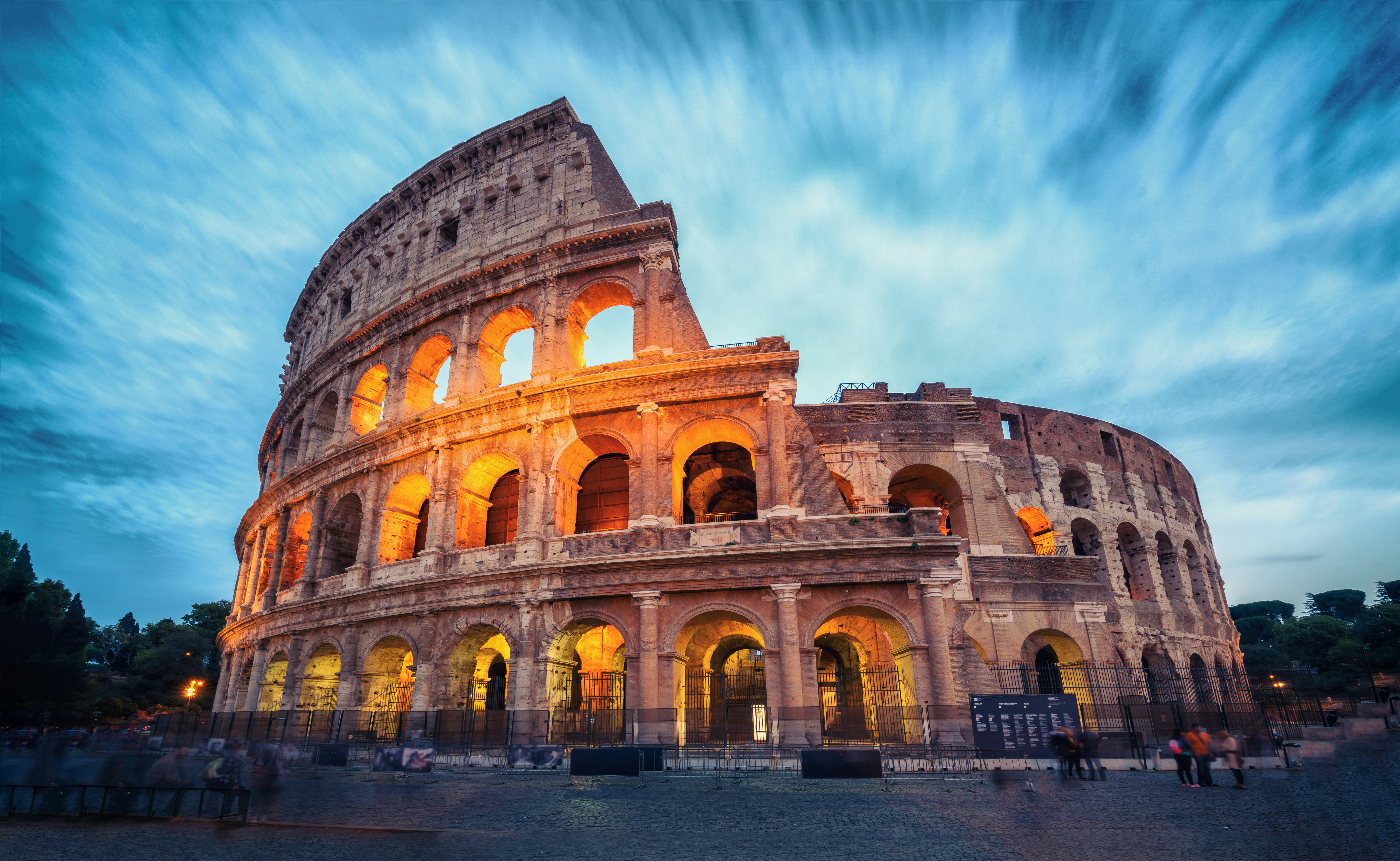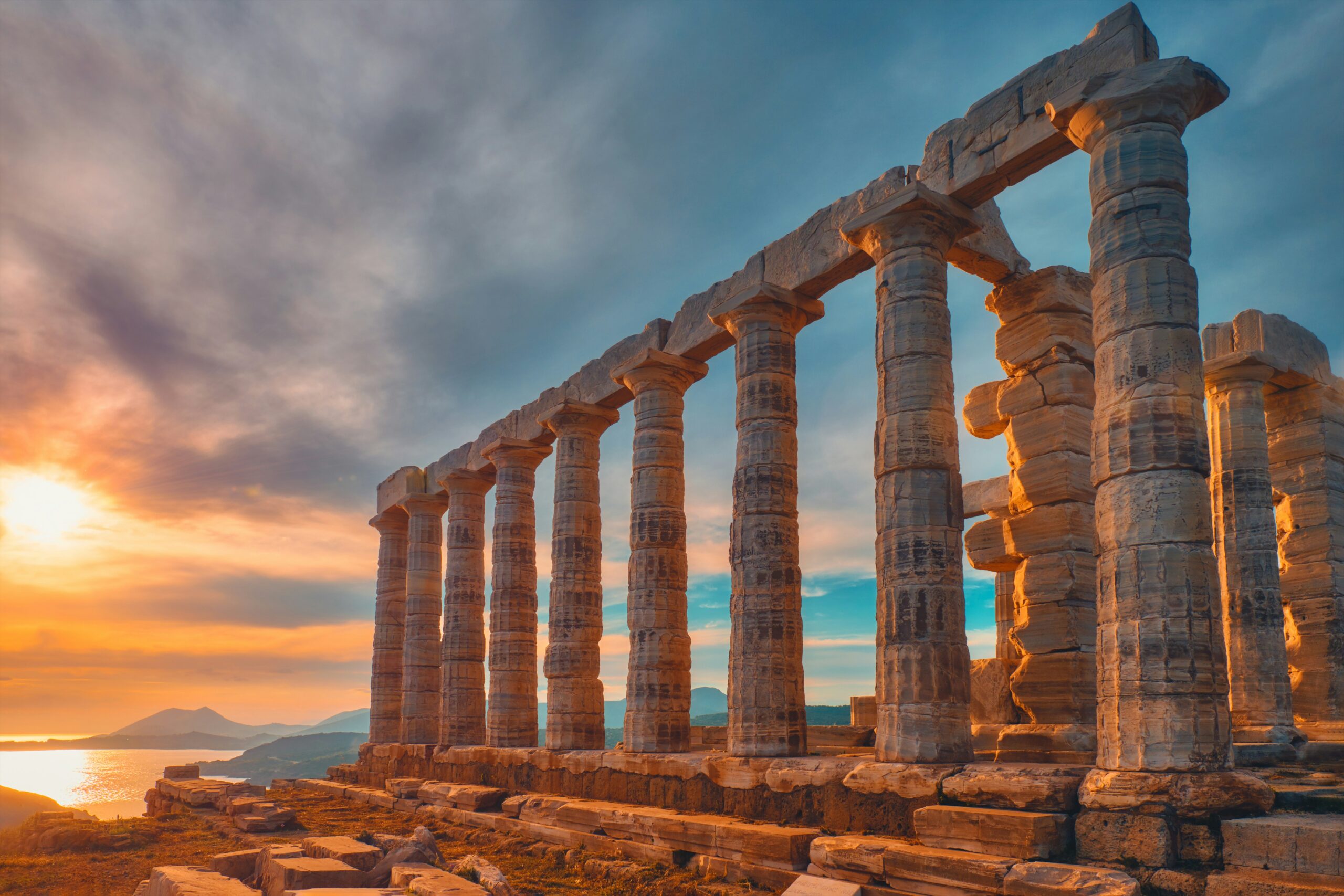A Brief History of the Colosseum
- Construction Period: The Colosseum was commissioned by Emperor Vespasian around 70–72 CE and completed in 80 CE by his son Titus.
- Purpose: Built to host gladiatorial contests, animal hunts, and public spectacles, it was a gift to Roman citizens to reinforce the power of the Flavian dynasty.
- Capacity: The amphitheater could hold around 50,000 to 80,000 spectators, a remarkable feat for the time.
Its name, derived from the nearby “Colossus of Nero,” reflects its grandeur, and its enduring structure remains one of the most visited landmarks today.
Engineering Marvels of the Colosseum
1. Masterful Use of Concrete
One of the defining features of Roman engineering was their revolutionary use of Roman concrete, also known as opus caementicium. The Colosseum’s structural stability owes much to this durable material, which combined volcanic ash, lime, and rubble to create a resilient and weather-resistant concrete.
2. Arches and Vaults
The Colosseum features numerous arches and barrel vaults that distribute weight evenly, ensuring the building could sustain the massive loads of spectators and combatants. These arch-based designs allowed for open, unobstructed spaces while maintaining strength.
3. Sophisticated Arena Design
“Hypogeum” refers to the underground complex of tunnels and chambers beneath the arena. This intricate system housed gladiators, wild animals, and stage props, all of which were lifted via a series of innovative pulleys and trapdoors.
Comparison of Modern and Ancient Construction Techniques
| Feature | Colosseum | Modern Equivalent |
|---|---|---|
| Material | Roman concrete | Steel-reinforced concrete |
| Weight Distribution | Arched structures | Load-bearing pillars |
| Entertainment Design | Hypogeum for props | Retractable roofs and screens |
| Spectator Seating | Concrete tiers | Bespoke seating arrangements |
| Building Time | 8 years | Several months with advanced technology |
| Structural Longevity | 2000+ years | 50–100 years |
FAQs About the Colosseum
1. Why is the Colosseum so famous?
Its historical significance, architectural brilliance, and function as a centerpiece of Roman entertainment make the Colosseum world-renowned.
2. Is the Colosseum still in use today?
While no longer used for events, it serves as a historical site and tourist attraction, welcoming over 7 million visitors annually.
3. What lessons can modern architects learn from the Colosseum?
Modern architects often draw inspiration from the Colosseum’s use of weight distribution, concrete innovations, and its people-centered design.
Experience the Engineering Legacy of Rome
Exploring the Colosseum reveals a story of remarkable ambition, architectural resilience, and cultural significance. The engineering feats of Ancient Rome don’t merely reflect technical expertise—they showcase a society that knew how to blend functionality, artistry, and public engagement.
If you’re planning a trip to Rome, make sure this ancient marvel is at the top of your list. For more insights into historical landmarks and travel tips, follow our blog and discover the world’s most timeless treasures.




Leave a Reply